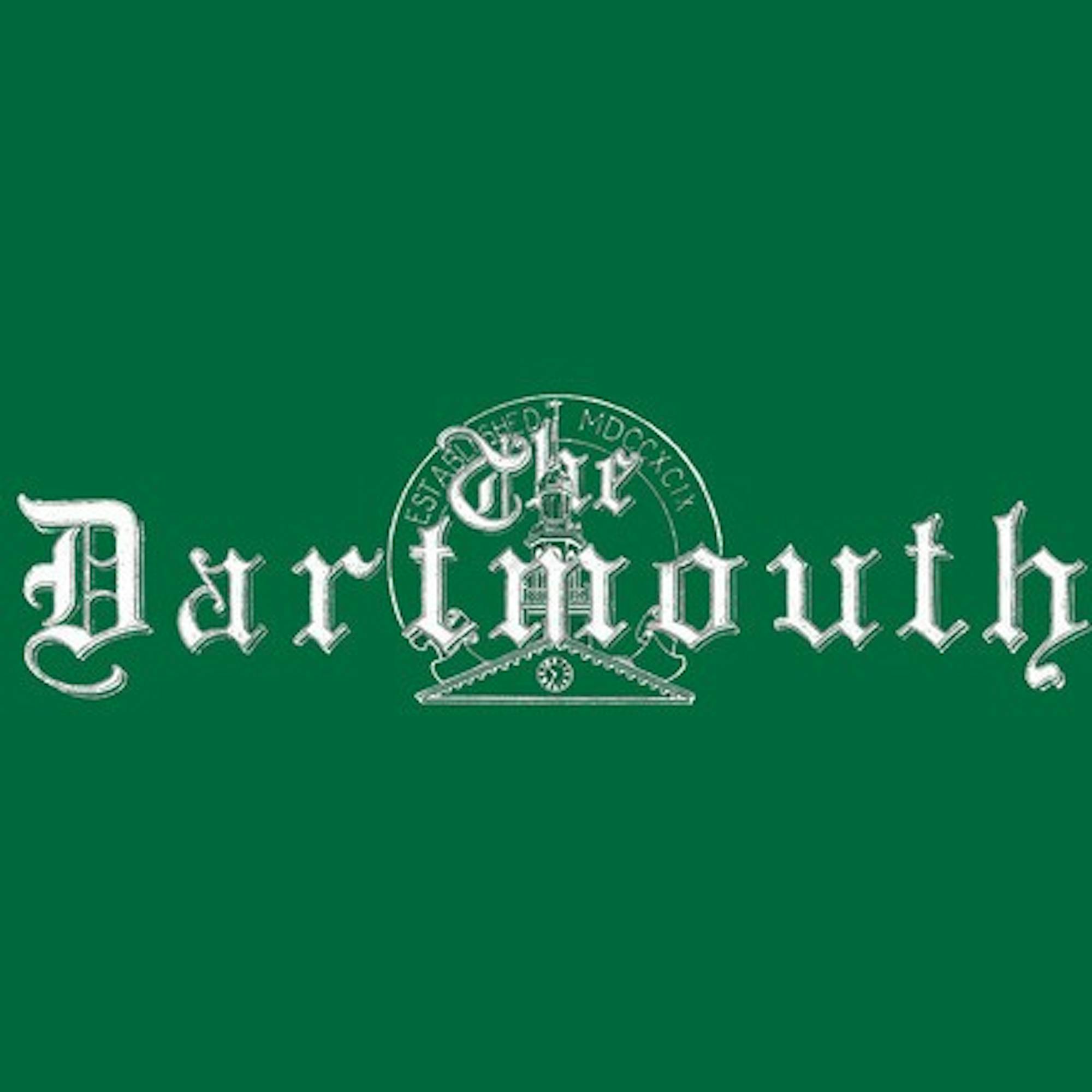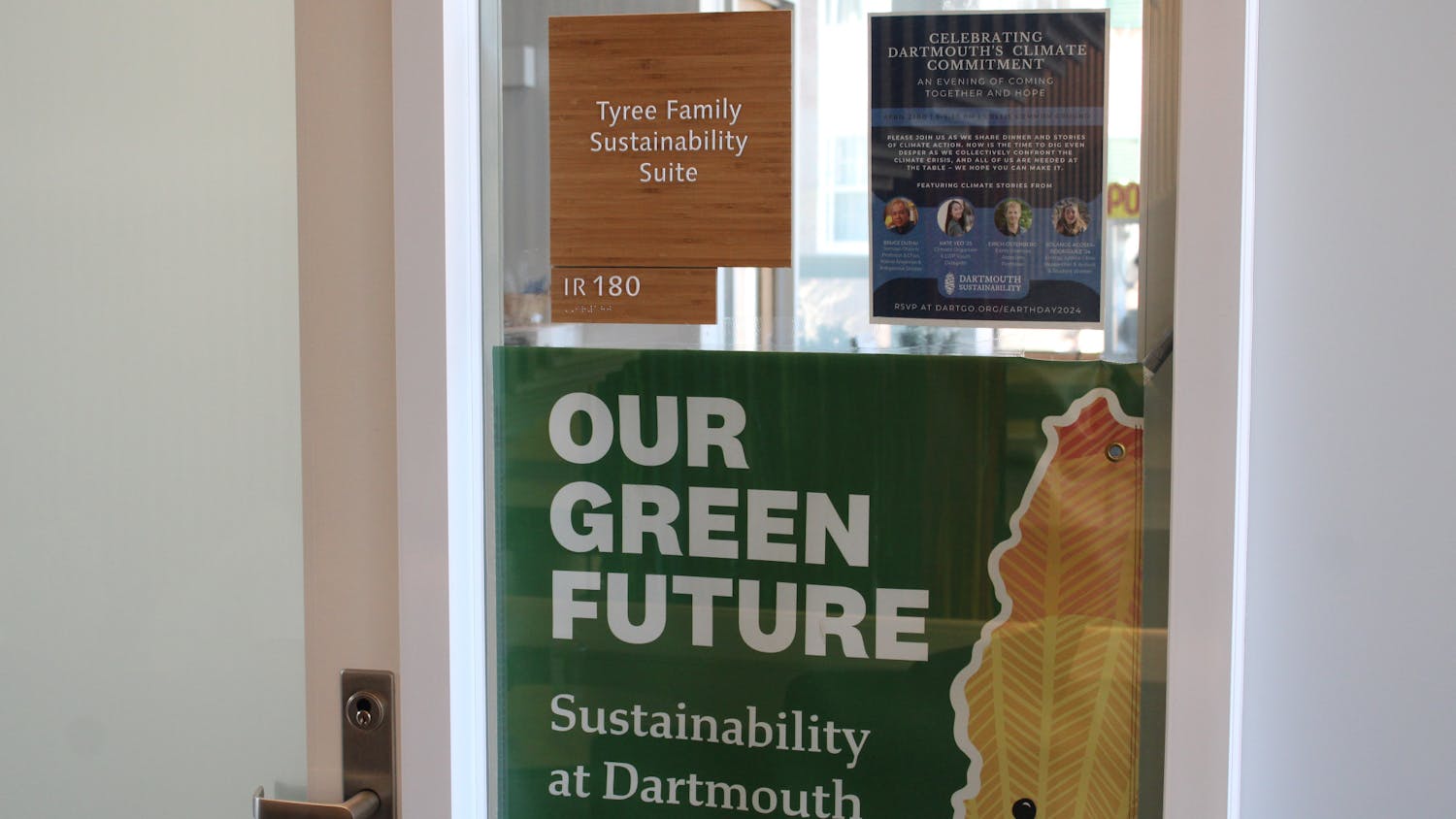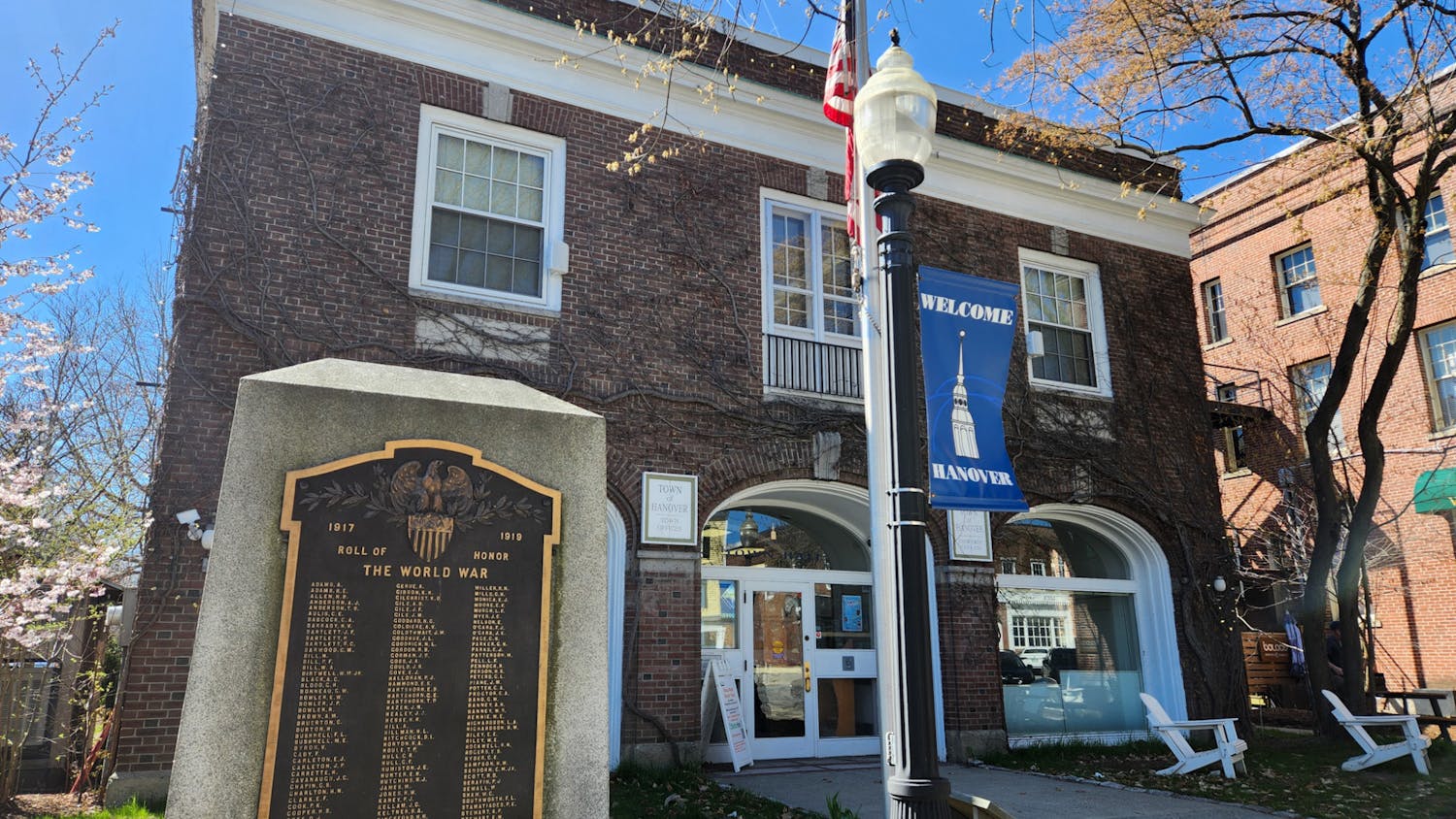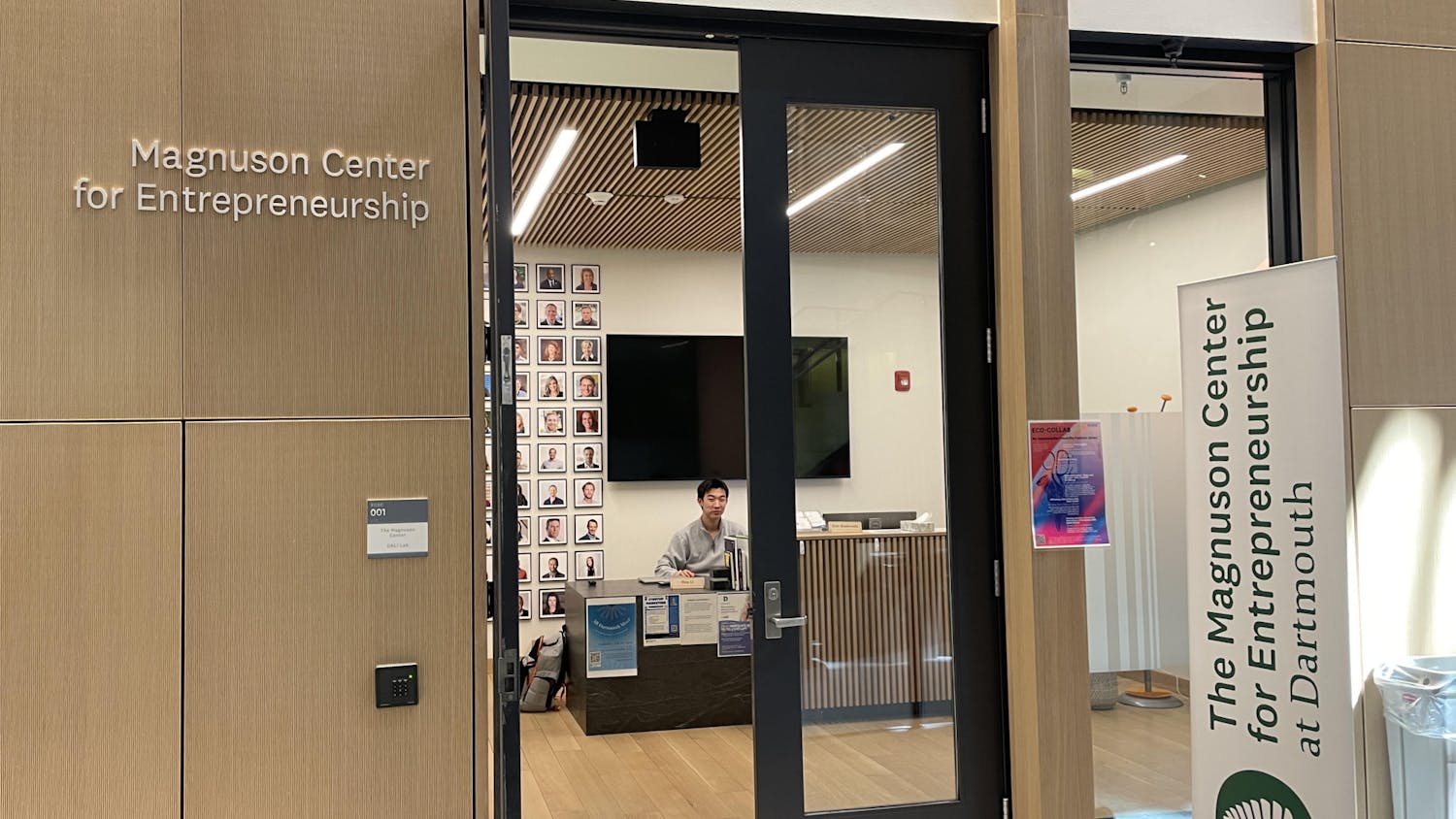Perich, who has created a series of musical compositions, is known for his avant-garde sound art, and the work is part of his fall exhibit at the Museum of Modern Art.
The installation includes 1-Bit Music (2005), the first piece of music released as a microchip that generates its own sound without a player, as well as Machine Drawings (2005), works created from a machine Perich built. A motor in the machine precisely executes code, and the result is a final drawing that comes from the motion of an attached pen.
"It is this balance between code and physics that excites me most, since the drawings couldn't be made without the code, and code needs to be realized in the physical world in order to be more than a set of instructions," Perich said.
Music and computer science professor Michael Casey describes sound installation as a multi-dimensional extension of art.
"It is generally presented in a similar way to purely visual objects of art, hanging on walls or installed in a space as with sculpture, but there are also either sound-generating mechanics or loudspeakers embedded into the work in some way," Casey said.
Casey, the inaugural James Wright Professor, investigates new technologies for searching and analyzing music. His work helped spark his interest in bringing Perich to campus.
"Perich's works draw from the long tradition of Sound Art and they are also infused with musical tradition," Casey said. "Tristan is a cellist and accomplished composer with a deep understanding of technology."
Perich bridges the gap between different art forms while opening up new innovatvie opportunities, studio art major Corinne Romano '15 said.
"I think that Tristan's work opens a whole new facet to the artistic culture," Romano said. "By exploring art in the aspect of technological engineering, he is allowing others in the field to explore more creative ways to apply their knowledge."
This interweaving of technology and programming has intrigued many students working in similar fields, such as computer science, engineering and the arts.
"Today, we have many students interested in programming such microcontrollers to make sound and visual images using the popular Arduino open hardware platforms, for example," Casey said. "Tristan is very much a visionary."
These techniques make Perich's art relatable in a modern and technological-based world, Hop programming director Margaret Lawrence said.
"He's young, he's someone that Dartmouth students can relate to, and he's just as interested in computer studies and engineering as he is in music," Lawrence said. "He's constantly reinventing and almost even going back to old technologies and re-engineering them."
Featuring Perich's work is just another way in which the College is working to promote art and scholarship, Casey said.
"Dartmouth seeks to be a leader in the convergence of art, science, and technology," Casey said. "Bringing such word-renowned practitioners to campus has a positive impact on teaching and scholarship at Dartmouth, and it infuses our campus with fresh perspectives and insight about the world."




